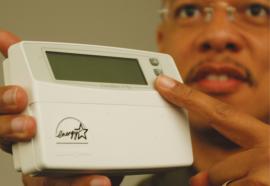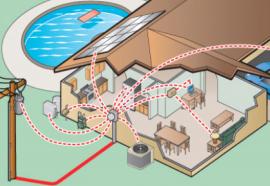Selling the Smart Grid - The Pitch
Two utilities win customer support for dynamic pricing and demand response.
If the recent backlash against California’s proposed new building codes proves anything, it’s that ratepayers won’t buy into the smart-metering concept by themselves. The industry will have to sell it. How then should electric utilities, municipals and cooperatives go about introducing smart grid technologies? Two major utilities—Public Service Electric & Gas (PSE&G) and Southern California Edison—are in the early stages of doing just that






